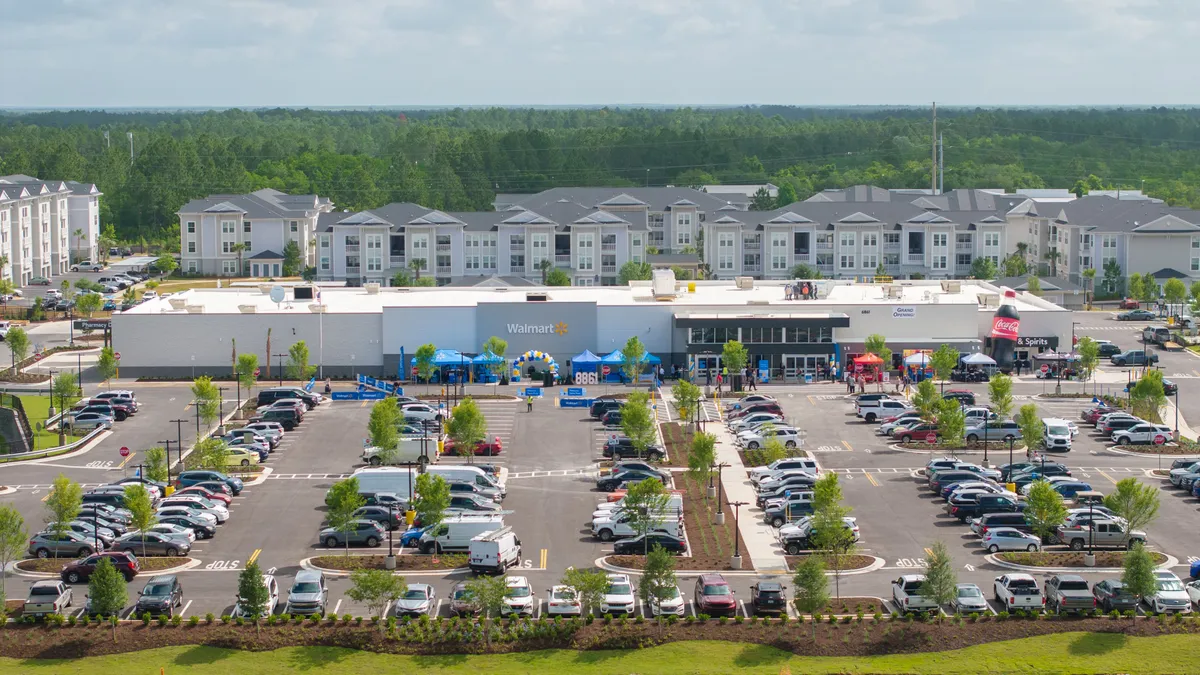Dive Brief:
- In England, reports suggest that grocers will do away with fixed price tags in favor of electronic shelf tags that can update prices frequently according to demand, time of day and other factors, according to The Independent.
- Consumers already experience surge pricing at the gas station and when buying airline tickets. Grocers also frequently update prices in fresh departments, like seafood, and to discount food that’s nearing its sell-by date.
- The challenge for grocers is how to maximize returns on surge pricing without turning off customers.
Dive Insight:
The hyper-competitive British supermarket scene often hatches trends and innovations that eventually make their way to the U.S. Surge pricing — also known as dynamic pricing — is the latest bid by retailers like Tesco and Marks & Spencer to entice customers while trying to maximize profits. It’s a tricky push-pull that has become increasingly viable for retailers as software systems and consumer data are better able to pinpoint high-demand items and price them accordingly.
Retailers across the globe have stepped up their use of dynamic pricing in recent years. Kohl’s, which operates more than 1,200 fashion outlets, uses electronic price tags that change multiple times throughout the day. French retailer E. Leclerc uses electronic tags that can change as many as 5,000 times throughout the week.
Some U.S. grocers like Safeway have tested the practice. Others, like Kroger, are tinkering with offering personalized pricing through shoppers' smartphones based on loyalty data.
Grocers are already incredibly price competitive, closely monitoring other stores and adjusting shelf tags daily for high-demand products like milk and eggs. Dynamic pricing promises to deepen that price responsiveness and make changes happen faster. The practice can also deliver higher margins for retailers, and can serve up valuable data on consumer shopping patterns.
But consumers tend to think dynamic pricing stacks the deck in the retailer’s favor. According to a recent survey from Retail Systems Research, 71% of consumers reported they didn’t like the practice. Back in 1999, Coca-Cola tried raising prices on its vending machine sodas when temperatures soared, but had to pull back after consumers complained. Recently, ride-sharing service Uber has been the target of numerous complaints over surge pricing.
Questions surrounding the customer experience have made many retailers hesitant to implement dynamic pricing. The best bet for U.S. grocers is to pay attention to their British counterparts to see how they’re implementing dynamic pricing, and how shoppers seem to be responding to it. Finding the right approach could be tricky, but the payoff could be too enticing for retailers to pass up.









